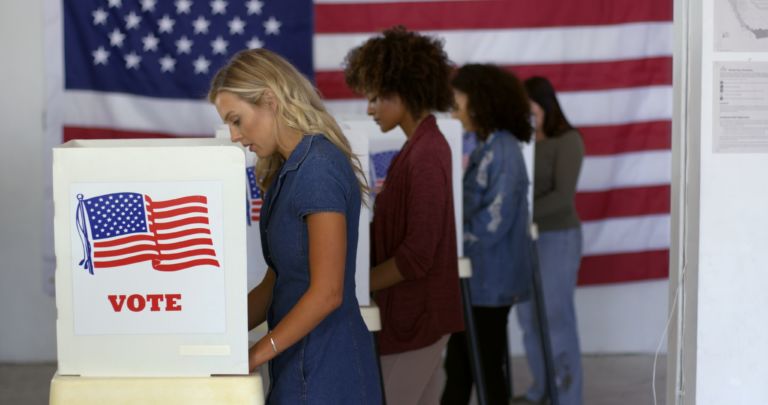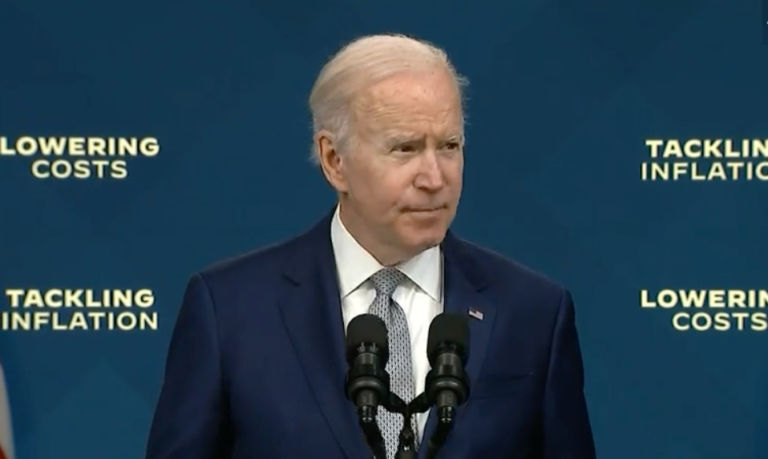Results from the 13th annual Education Next survey of public opinion have been released. Here are the top ten findings:
1. Vouchers and tax credits. The percentage of American adults favoring vouchers that help low-income students cover the cost of private-school tuition has risen to 49% in 2019 from 37% in 2016, and support for tax credits for donations to organizations that give scholarships to low-income students has edged upward to 58% from 53% over this same time period.
2. Charters. Public support for charter schools has climbed back to 48% from a low of 39% in 2017. Sixty-one percent of Republicans currently espouse charter schools, but only 40% of Democrats do. Only 30% of white Democrats favor charters, though 53% of African American Democrats and 58% of Hispanic Democrats back them.
3. Teacher pay. Support for teacher pay hikes is now higher than at any point since 2008. Among those provided information about current salary levels in their state, 56% say teacher salaries should rise—a 20-percentage-point jump over the approval level seen just two years ago. Among those not provided this information, 72% say salaries should increase, 5 percentage points higher than in 2018.
4. Spending. Public support for higher levels of school spending has also grown over the past two years. Among those not told current levels of expenditure, 62% think K–12 spending should increase, 8 percentage points higher than in 2017. Although only 50% of those told current levels favor an increase, that level still constitutes an increase of 11 percentage points over 2017.
5. Federal, state, and local spending. The public is more supportive of K–12 expenditure by the federal government than by state and local governments. Two thirds of those informed of the share currently contributed by the federal government say it should foot more of the bill. But only 36% of those told how much the local district contributes think districts should ramp up their expenditures. Half thought the state should contribute more, once they were informed of current levels.
6. Common Core. Support for the Common Core State Standards is rebounding. Overall, 50% of Americans endorse use of the standards in their state, up from 41% two years ago. The resurgence in support is strongest among Republicans, leaping to 46% from 32% over the past two years.
7. Opinion on local schools. More Americans have a positive view of their local public schools than at any point since 2007. Today, 60% of respondents give their local public schools a grade of A or B, a 9-percentage-point rise over last year.
8. Free college. Sixty percent of Americans endorse the idea of making public four-year colleges free, and even more (69%) want free public two-year colleges. Democrats are especially supportive of the concept (79% approval for four-year and 85% for two-year). Only 35% of Republicans back free tuition for four-year colleges and 47% favor the policy for two-year colleges.
9. Opinion on colleges. Americans think more highly of U.S. public four-year colleges and universities than of K–12 schools. More than twice as many Americans grade public four-year institutions nationwide with an A or B (58%) than hand out the high marks to K–12 schools (24%). The nation’s private four-year colleges and universities draw even higher esteem, with 66% of the general public rating them with grades of A or B. The share of Republicans who grade public four-year colleges across the country with these top marks is 17 percentage points lower than for Democrats, at 49% and 66%, respectively.
The public is even more generous in its evaluation of higher-education institutions in their own state. Seventy-six percent of respondents grade public four-year colleges in their state with an A or B. Similarly, 79% grade private four-year colleges in their state with these top marks.
10. Student perspectives. Students have a lower opinion of their schools than do their parents. Seventy percent of parents give their local public schools an A or B grade, and a vast majority of 82% assign their child’s high school those top marks. Among students, these proportions drop by 15 percentage points for the local public schools and 13 percentage points for their own high school. However, students are less likely than parents to think that schools should take additional security measures. Seventy-seven percent of parents, but only 63% of their children, would install metal detectors at every school. Similarly, 81% of parents, but only 73% of their high-school students, would screen all students for severe emotional distress.

